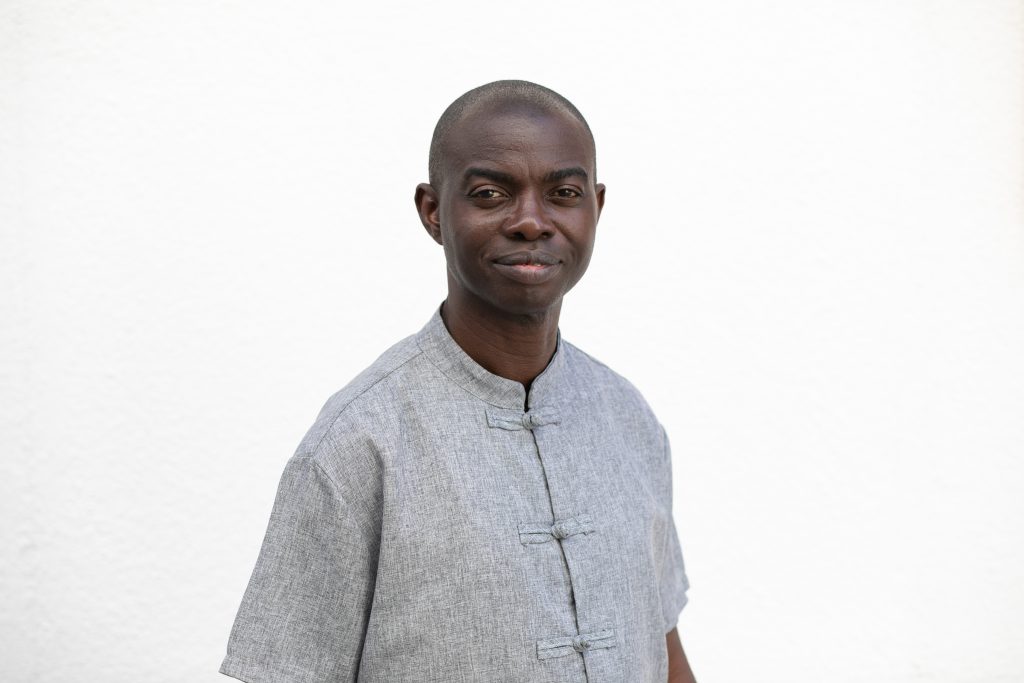אדר׳ אדקונלה אדיימו
המחלקה לאדריכלות, אוניברסיטת אובפמי אוולווו, ניגריה
הצעת המחקר
The study investigated the synthesis of the arts in the architecture of Arieh Sharon’s Obafemi Awolowo University (OAU) campus from 1962 to 1976. The study involved the identification and documentation of the artworks in Arieh Sharon’s OAU campus from 1962 to 1976. The artworks were described, categorised, and analysed to further their understanding. Furthermore, the artworks’ inspiration, influences, meanings, and purposes were examined to facilitate their historicization. The study also attempted to determine if Sharon deployed the arts in his other projects before and after the OAU campus within and outside Israel, and how these compare to that of OAU if they existed. An analytic historical methodology was adopted for the research. The primary evidence for the study was obtained from the Arieh Sharon Collection held in the Azrieli Architectural Archives of the Tel-Aviv Museum of Art. The collection includes historical drawings, photographs, and files about Sharon’s work. Historical photographs were important because some original artworks on the OAU campus buildings could no longer be viewed directly on the buildings due to alterations. Furthermore, the historical drawings illuminated the artworks as intended by the designers while the documents on the projects provided evidence of the processes and the attitudes to them. Secondary evidence included the literature on Sharon’s OAU campus, the synthesis of the arts, and African arts which some writings suggest inspired the artworks. The evidence collected was interrogated and analysed. The analysis of the evidence involved the use of tools from art history and African art history to facilitate the understanding of the artworks. Analysed results were theorised and inferences were drawn from them by linking the theorisations to facilitate the comprehension of their import. The inferences were then connected to form arguments which aggregated into a historicization of the synthesis of the arts in Arieh Sharon’s OAU campus from 1962 to 1976.
